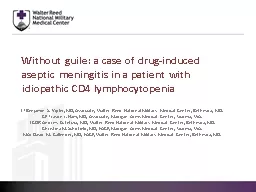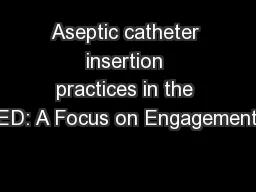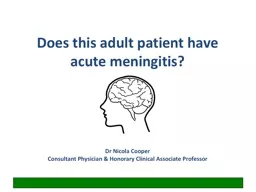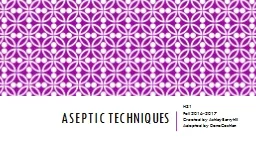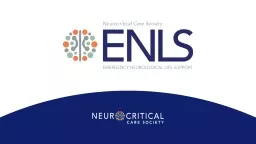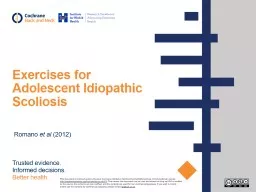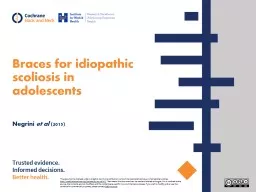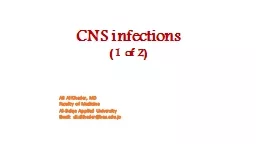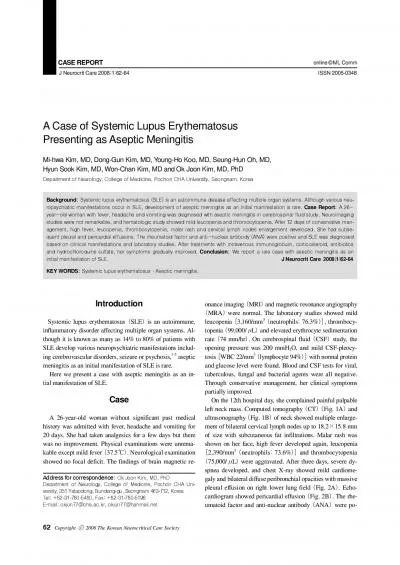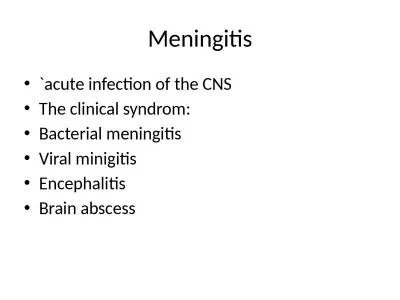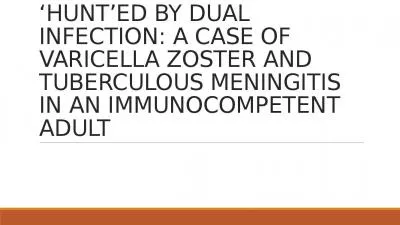PPT-Without guile: a case of drug-induced aseptic meningitis in a patient with idiopathic
Author : tatyana-admore | Published Date : 2018-10-11
lymphocytopenia LT Benjamin S Vipler MD Associate Walter Reed National Military Medical Center Bethesda MD CPT Jason J Nam MD Associate Madigan Army Medical Center
Presentation Embed Code
Download Presentation
Download Presentation The PPT/PDF document "Without guile: a case of drug-induced as..." is the property of its rightful owner. Permission is granted to download and print the materials on this website for personal, non-commercial use only, and to display it on your personal computer provided you do not modify the materials and that you retain all copyright notices contained in the materials. By downloading content from our website, you accept the terms of this agreement.
Without guile: a case of drug-induced aseptic meningitis in a patient with idiopathic: Transcript
Download Rules Of Document
"Without guile: a case of drug-induced aseptic meningitis in a patient with idiopathic"The content belongs to its owner. You may download and print it for personal use, without modification, and keep all copyright notices. By downloading, you agree to these terms.
Related Documents

